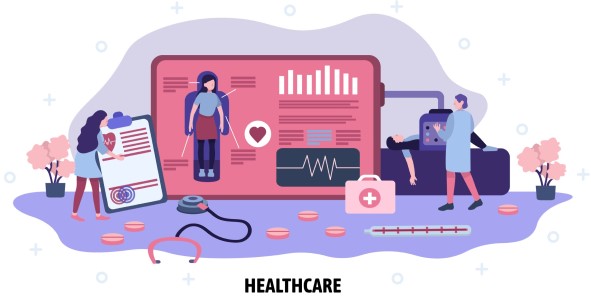Can Credit Card Interest Rates be Capped?
April 3, 2025
 Can Credit Card Interest Rates be Capped?
Can Credit Card Interest Rates be Capped?
The American politics is heating up in anticipation of the 2020 Presidential Election. Democrats are unveiling what appears to be a populist socialistic agenda. Amongst the Democrats, Bernie Sanders, in particular, is hell-bent on enacting policies which can be considered to be socialist. Bernie Sanders has found an ally in Alexandria Ocasio-Cortez as she too…
 Is the American Dream Over? a Critical Commentary on the Future of the United States
Is the American Dream Over? a Critical Commentary on the Future of the United States
What is the American Dream and why was it so Good while it Lasted? For a long time, the United States was seen as the Land of Milk and Honey where anyone and everyone with some talent, lots of hard work, sheer grit, and dogged determination could make a career for themselves and raise a…
 What is Crop Insurance – Risks and Its Future
What is Crop Insurance – Risks and Its Future
Agriculture is a prehistoric occupation. In fact, it is said that human beings only started building civilizations after they discovered agriculture. But agriculture has always been an inherently risky business. Thousands of years have passed between the discovery of agriculture and the modern society that we live in today. However, the modern farmers are exposed…
There are many benefits to healthcare providers through automation. Not only will the end to end processing of customer records would be made easier, automation would also result in the actualization of efficiencies and synergies across the entire value chain of activities that healthcare organizations provide.
When we mean healthcare providers, we include the entire gamut of service providers including day care providers, clinics, full fledged hospitals, insurers, and pharmaceutical outlets.
The automation of the value chain would especially benefit large hospitals when they integrate the end-to-end activities that they undertake in a single, coherent, and unified set of software.
The practice of storing medical records of patients and referring to them on subsequent visits would greatly benefit the doctors and the paramedics who would not only have access to the patients’ history but also have details about the patients in terms of medications and allergies to any specific drug.
Further, by automating finance and nursing functions into the hospitals’ software, the value that is gained through synergies is huge in terms of better patient treatment and postoperative care as well as ensuring and checking that the patients have paid on time.
Talking about postoperative care, it is indeed essential that hospitals automate the ICU (Intensive Care Unit) component with the other functions so that the patients are treated in an efficient manner.
For instance, it is common in recent times for patients to be taken to the ICU after surgeries and then to the rooms.
Therefore, by automating the entire patient lifecycle starting with the admission and the preoperative care to the actual surgery and the postoperative care, the healthcare providers would have greater visibility and control over the treatment being given to the patients.

Moreover, in cases of accidents and trauma, timely treatment can be provided if the patients’ history is available with details of the past treatments and any suggestions made by the doctors and the paramedics who have treated the patient in the past.
In other words, the automation of the treatment lifecycle would greatly enhance the efficacy and efficiency associated with the healthcare providers. Apart from this, by integrating the insurer information and the patients’ health insurance details, it would be possible to start treatment without waiting for payment to be made.
This is the practice in the United States and most of the developed world where the integrated patient management system ensures that each individual’s information and health details are available to all the healthcare providers that are part of the insurers’ network.
Of course, the caveat here is that the patient must be insured and that too in a comprehensive medical coverage plan as otherwise, the information is not captured.
Moreover, in the US, it is the case that the SSN or the Social Security Number be a valid and recorded one for the patients to have their information stored.
The point here is that by having centralized databases, it becomes easier to track the treatment provided to the patients and helps subsequent visits to be smooth and efficient. Apart from this, in many developing countries, the provision of mandatory health insurance by the state has meant that these countries also have centralized records of the patients.
For instance, Cuba and Russia are examples of communist and former communist countries that have actualized world class healthcare systems.
Finally, the health care system in Europe is truly a cut above the rest as the Scandinavian and West European countries do not have huge populations, which makes it easier for the health care providers to actualize better service.
Automation delivers value in any sphere of human activity and healthcare automation is especially crucial and critical as it deals with human lives directly.
Your email address will not be published. Required fields are marked *